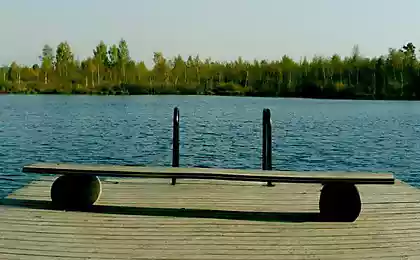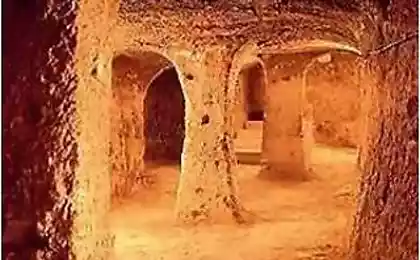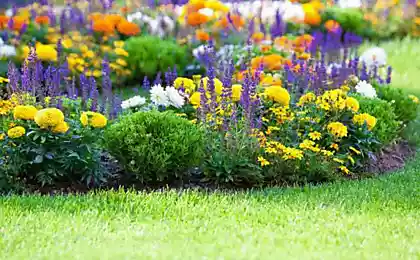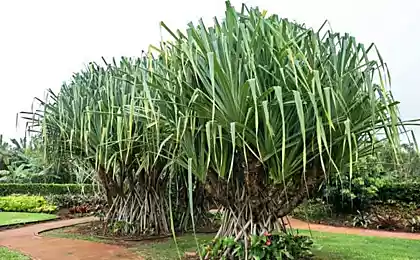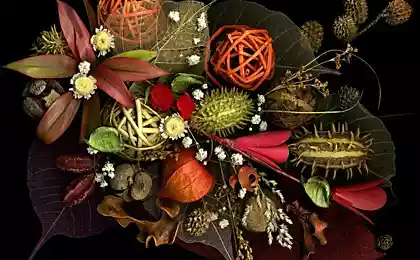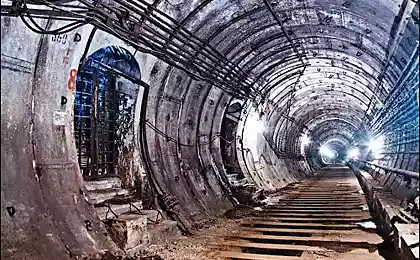151
Architecture of nature - green tunnels
The holiday season is just around the corner and many people have booked tickets to resorts and cities where you can get fantastic experiences. But don’t forget that some of the most memorable things in the world that you can see have nothing to do with the creations of human hands. Most often, if you do not touch nature, it “adorns itself”. Just look at the natural tunnels and arches formed by living plants.
The wisterium tunnel (Japan) In late April and early May, the Kawachi Fuji Gardens in Kitakyushu, Japan, become a magical land. Glycinia is a decorative vine, which is entwined with overlaps over the garden. And at this time of year, when the wisteria begin to bloom, the garden hosts "Fuji Matsuri" or "Festival of Glycinia".
Dark hedge (Ireland)
The dark hedge is one of the most photographed natural phenomena in Northern Ireland. Consisting of a series of beech trees planted by the Stewart family in the eighteenth century, the tunnel was designed to impress visitors to the estate. And they managed to do it fully - visitors are impressed even after 2 centuries.
The Green Monsters of Francisco-Alvarado
Francisco Alvarado Park (Costa Rica)
It's not quite a "natural" tunnel, as people have had a hand in its appearance. The hedge in this garden was cut in the form of animals and fairy-tale creatures.
The Bamboo Way (Kyoto) This beautiful natural tunnel is formed by thousands of bamboo trees, and is a long and winding path through the garden of the Temple of the Heavenly Dragon, or Tenryu-ji. Interestingly, the rest of the temple was restored after a long-standing fire, but the Zen garden survived and remained intact.
Arch of Laburnum (United Kingdom)
Bodnant Garden (which is owned by the National Trust) is one of the most spectacular and delightful gardens in the UK. One of the most beloved attractions is the 180-foot Laburnum Arch, covered in a magnificent cascade of long yellow flowers in late May/early June.
Source: www.ecobyt.ru/
